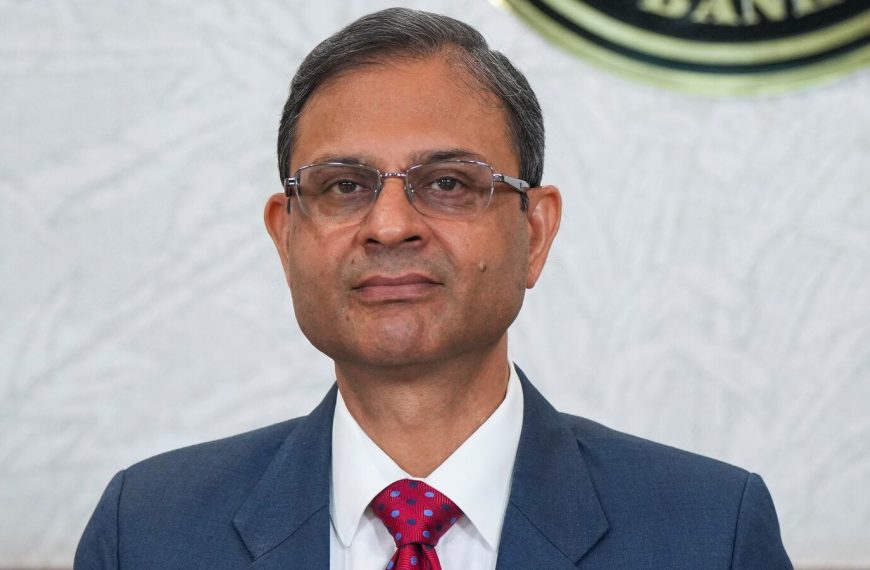India’s External Debt Sees Significant Rise in 2024
As of December 2024, India’s external debt has surged to $717.9 billion, marking a 10.7% increase from $648.7 billion in December 2023, according to data from the finance ministry. This upward trend reflects a continuous rise in external liabilities, raising concerns about the country’s financial stability and its implications for the economy.
Quarter-on-Quarter Growth
When comparing quarters, the external debt rose by 0.7%, increasing from $712.7 billion at the end of September 2024. The Quarterly External Debt Report highlights these figures, emphasizing the growing financial obligations faced by India.
- End of December 2024: $717.9 billion
- End of September 2024: $712.7 billion
- End of December 2023: $648.7 billion
External Debt to GDP Ratio
The report indicates that the external debt to GDP ratio climbed slightly to 19.1% by December 2024, compared to 19% in the previous quarter. This increase suggests a steady rise in external liabilities relative to the country’s economic output.
Valuation Effects and Currency Dynamics
A significant factor contributing to this rise is the valuation effect stemming from the appreciation of the US dollar against the Indian rupee and other major currencies, including the euro and Japanese yen. The report estimates this effect added approximately $12.7 billion to the external debt during the last quarter.
- Without valuation effects: The increase in external debt would have been $17.9 billion, dramatically higher than the $5.2 billion noted in the previous quarter.
Composition of External Debt
A closer look at the composition reveals that US dollar-denominated debt constitutes the largest segment, accounting for 54.8% of the total external debt. Other notable components include:
- Indian Rupee: 30.6%
- Japanese Yen: 6.1%
- Special Drawing Rights (SDR): 4.7%
- Euro: 3%
Interestingly, while the central government’s outstanding external debt saw a decline, the non-government sector’s debt increased by the end of December 2024 compared to September 2024.
Sector Distribution of Debt
The report further breaks down the distribution of outstanding debt:
- Non-financial Corporations: 36.5%
- Deposit-taking Corporations (excluding the central bank): 27.8%
- Central Government: 22.1%
- Other Financial Corporations: 8.7%
Major Components of External Debt
Loans represent the largest share of external debt at 33.6%, followed by:
- Currency and Deposits: 23.1%
- Trade Credit and Advances: 18.8%
- Debt Securities: 16.8%
Debt Service Trends
Finally, the report notes that debt servicing, which includes both principal repayments and interest payments, accounted for 6.6% of current receipts at the end of December 2024. This is a slight decrease from 6.7% recorded at the end of September 2024, indicating a marginal improvement in the debt servicing capacity.
In conclusion, the rise in India’s external debt and its implications for the economy are critical areas to monitor, especially given the ongoing global economic uncertainties. Understanding these dynamics is essential for stakeholders and policymakers alike.











